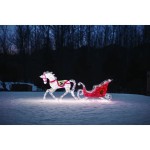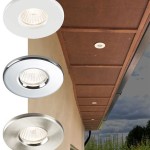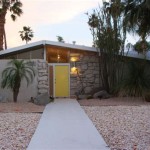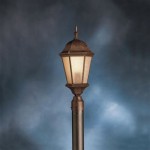What Is an Outdoor Wood Burning Furnace?
An outdoor wood burning furnace, also known as a wood-fired boiler or hydronic heating system, is a heating appliance that utilizes wood as its fuel source to generate hot water or steam for heating a home or other structure. These furnaces are typically installed outdoors, often in a dedicated shed or enclosure, and connected to a network of pipes that distribute heat throughout the building. They offer a sustainable and cost-effective way to provide warmth during the cold months, especially for those living in rural areas with access to abundant wood resources.
Key Features of Outdoor Wood Burning Furnaces
Outdoor wood burning furnaces consist of several essential components that work together to produce heat and distribute it efficiently. These components include:
- Firebox: The firebox is the main combustion chamber where wood is loaded and burned. Its design and size influence the furnace's capacity and heat output.
- Water Jacket: Surrounding the firebox is a water jacket, a sealed compartment filled with water that absorbs heat from the burning wood.
- Heat Exchanger: The heat exchanger transfers heat from the water to the heating system, typically using a series of coils or tubes.
- Convection Blower: A convection blower helps circulate hot air throughout the furnace, maximizing heat transfer to the water.
- Control Panel: The control panel provides settings for adjusting the furnace's operation, such as temperature, fan speed, and safety features.
- Chimney: The chimney serves to vent smoke and gases produced during combustion, ensuring safe and efficient operation.
How Outdoor Wood Burning Furnaces Work
Outdoor wood burning furnaces operate on a straightforward principle: burning wood releases heat, which is harnessed to generate hot water or steam. The process typically involves these steps:
- Fuel Loading: Wood logs are loaded into the firebox, where they are ignited.
- Combustion: As the wood burns, heat is generated and transferred to the water jacket surrounding the firebox.
- Heat Transfer: The heated water is then circulated through the heat exchanger, where it transfers its heat to the heating system.
- Heat Distribution: The heated water or steam is then distributed throughout the building via a network of pipes, providing warmth to radiators, baseboards, or in-floor heating systems.
Advantages and Disadvantages of Outdoor Wood Burning Furnaces
Outdoor wood burning furnaces offer several advantages, but it is important to consider their potential drawbacks as well.
Advantages:
- Cost-Effective Heating: Wood is a relatively inexpensive fuel source, particularly in areas with abundant forest resources.
- Renewable Energy: Wood is a renewable resource, making these furnaces environmentally friendly compared to fossil fuel-based heating systems.
- Energy Independence: Using wood as a fuel source can help reduce reliance on traditional energy companies and promote energy independence.
- Reliable Heat Source: Outdoor wood burning furnaces can provide reliable heat even in the event of power outages.
- Comfortable Heat Distribution: The use of hot water or steam allows for more even and comfortable heat distribution throughout a building compared to forced air systems.
Disadvantages:
- Labor Intensive: These furnaces require regular maintenance, including wood loading and ash removal.
- Environmental Concerns: Wood burning can produce emissions, though modern designs have minimized this issue.
- Initial Installation Costs: The initial cost of installing an outdoor wood burning furnace can be higher than other heating systems.
- Space Requirements: These furnaces require dedicated space for installation, typically outdoors in a shed or enclosure.
Outdoor wood burning furnaces can be a viable and sustainable option for heating a home or other structure, particularly for those seeking cost-effective and renewable alternatives to fossil fuels. However, they do require ongoing maintenance and consideration of potential environmental impacts. Understanding both the advantages and disadvantages before making a decision is crucial for making the best choice for your specific heating needs.

Best Outdoor Wood Furnace Central Boiler

Forced Air Outdoor Wood Burning Furnaces And Boilers

Outdoor Wood Burning Furnace Boilers From Madison Wi To E Iowa

Cleanfire Outdoor Wood Furnaces

Forced Air Outdoor Wood Burning Furnaces And Boilers

How Heat From A Central Boiler Outdoor Furnace Gets To Your Home Wood Furnaces Of Ohio Llc

Warm Up Your Winter With The Outdoor Wood Boiler For You

How Does An Outdoor Wood Burning Furnace Work

Outdoor Furnaces And Boilers Crown Royal Stoves

How An Outdoor Boiler Works Ez Boilers
Related Posts







